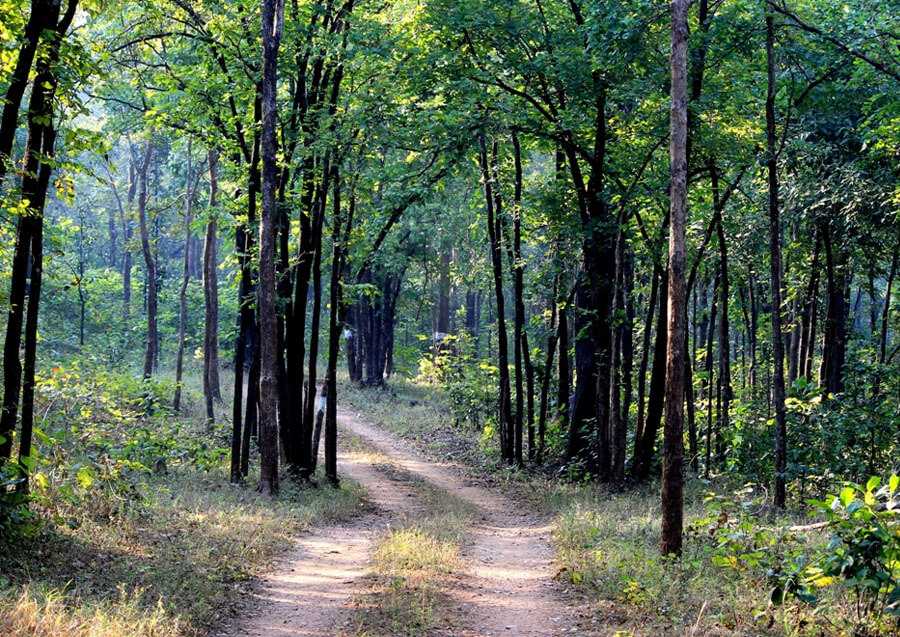Barnawapara Wildlife Sanctuary is located in the northern region of Chhattisgarh, India. It was established in 1976 and covers an area of approximately 244 square kilometers. The sanctuary is home to a variety of wildlife species, including tigers, leopards, sloth bears, wild dogs, hyenas, chitals, sambars, and many others. The sanctuary is surrounded by lush forests and rolling hills, making it an ideal destination for trekking enthusiasts.
Trek Itinerary:
Day 1: Arrival in Raipur and Transfer to Barnawapara Wildlife Sanctuary Upon arrival in Raipur, you will be greeted by our representative and transferred to Barnawapara Wildlife Sanctuary. After reaching the sanctuary, check-in to your accommodation and rest for a while. Later, you can explore the nearby areas and enjoy the serene beauty of nature. Overnight stay at the sanctuary.
Day 2: Trekking in Barnawapara Wildlife Sanctuary After breakfast, you will begin your trekking expedition in the wildlife sanctuary. The trek will take you through dense forests and hilly terrains, offering you a chance to spot various wildlife species in their natural habitat. The trek is of moderate level and requires a decent level of fitness. You will be accompanied by a trained guide who will ensure your safety during the trek. Return to the accommodation for an overnight stay.

Day 3: Visit to Local Villages and Departure After breakfast, you can visit nearby local villages to learn about the local culture and lifestyle of the people living in the area. You can also interact with the villagers and learn about their daily routines. Later, you will be transferred to Raipur for your onward journey.
Trekking Level:
The trek in Barnawapara Wildlife Sanctuary is of moderate level and requires a decent level of fitness. The trek involves walking through dense forests and hilly terrains, which can be challenging for beginners.
Training and Fitness Tips:
To prepare for the trek, it is recommended to engage in regular physical exercise and cardio activities such as running, cycling, and swimming. Additionally, carrying a backpack with a few essentials during your training sessions can help you get used to carrying weight during the trek. Stamina and strength training can also be helpful.
Safety Tips:
It is recommended to trek with a trained guide and avoid venturing into the forest alone. Stay on designated trails and follow the instructions of the guide. Carry sufficient water and food supplies, and avoid littering the environment.
Things to Carry:
- Comfortable trekking shoes with good grip
- Backpack with rain cover
- Light clothes for the trek
- Warm clothes for the evenings
- Hat or cap to protect from the sun
- Sunglasses
- Sunscreen lotion
- Insect repellent
- Basic first aid kit
- Water bottle
- Snacks and energy bars
Costs:
The cost of the trek may vary depending on the type of accommodation, duration of the trek, and the number of people in the group. The cost generally includes accommodation, meals, guide fees, and transport costs. It is recommended to check with the tour operator for the latest costs and inclusions.
Book Your Flights : Here 30% OFF on Booking
Book Your Hotels : Here 20% OFF on Booking

0 Comment